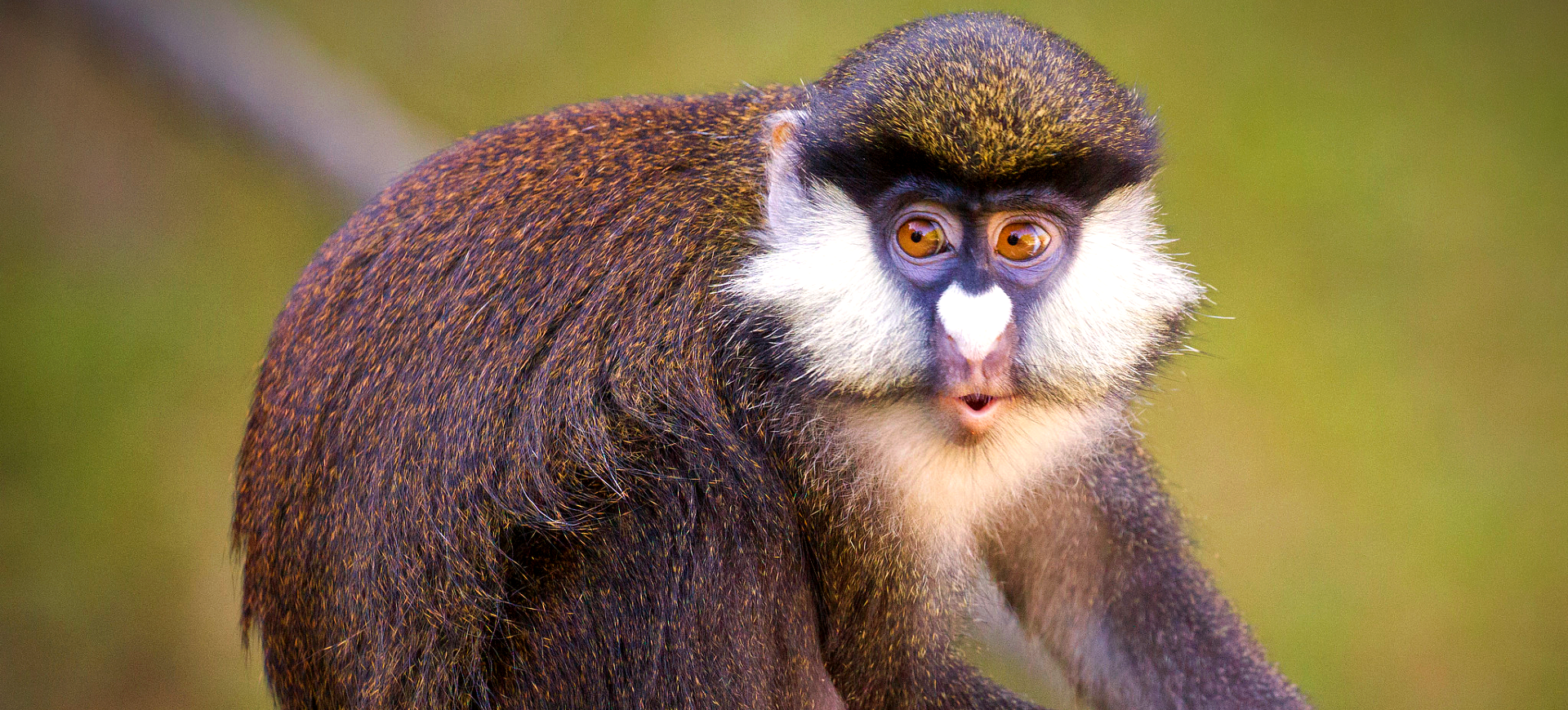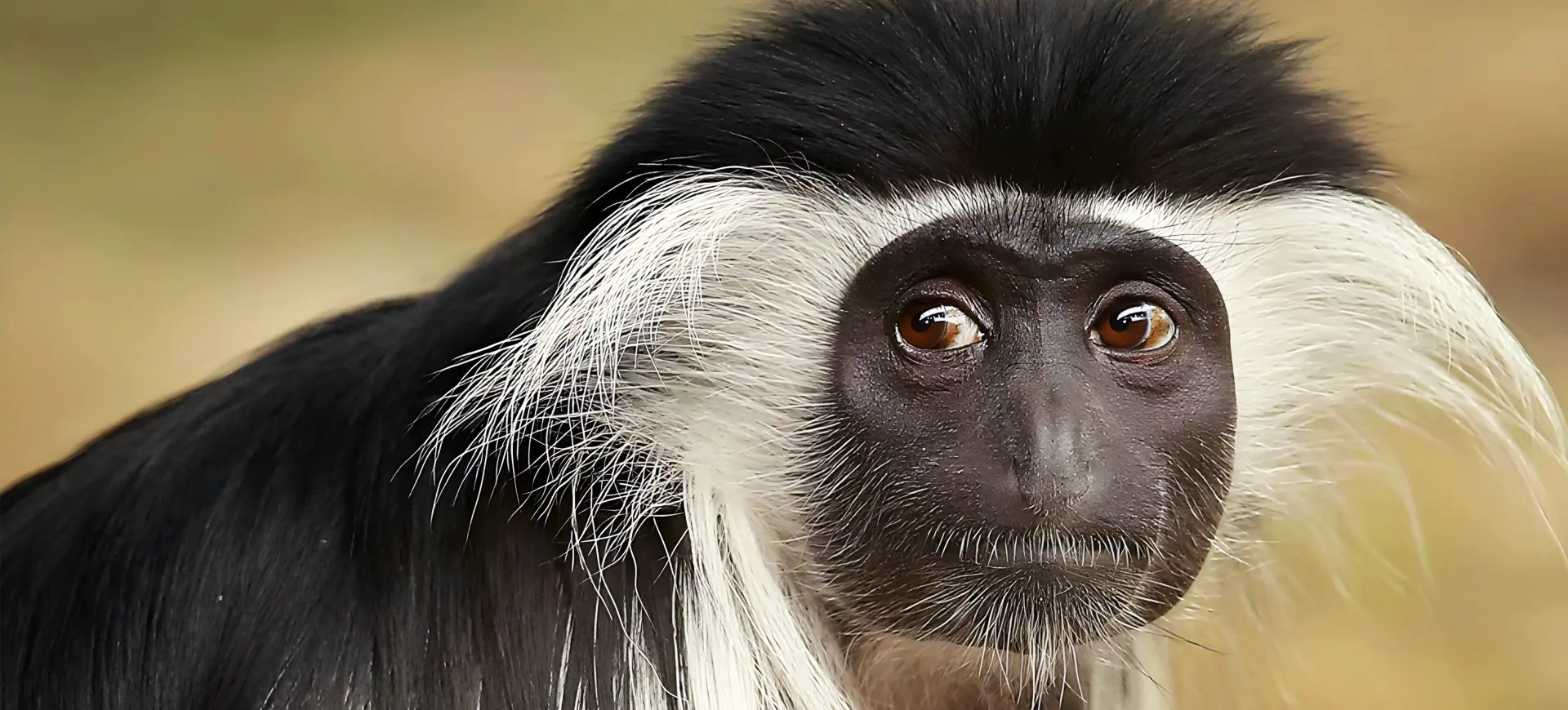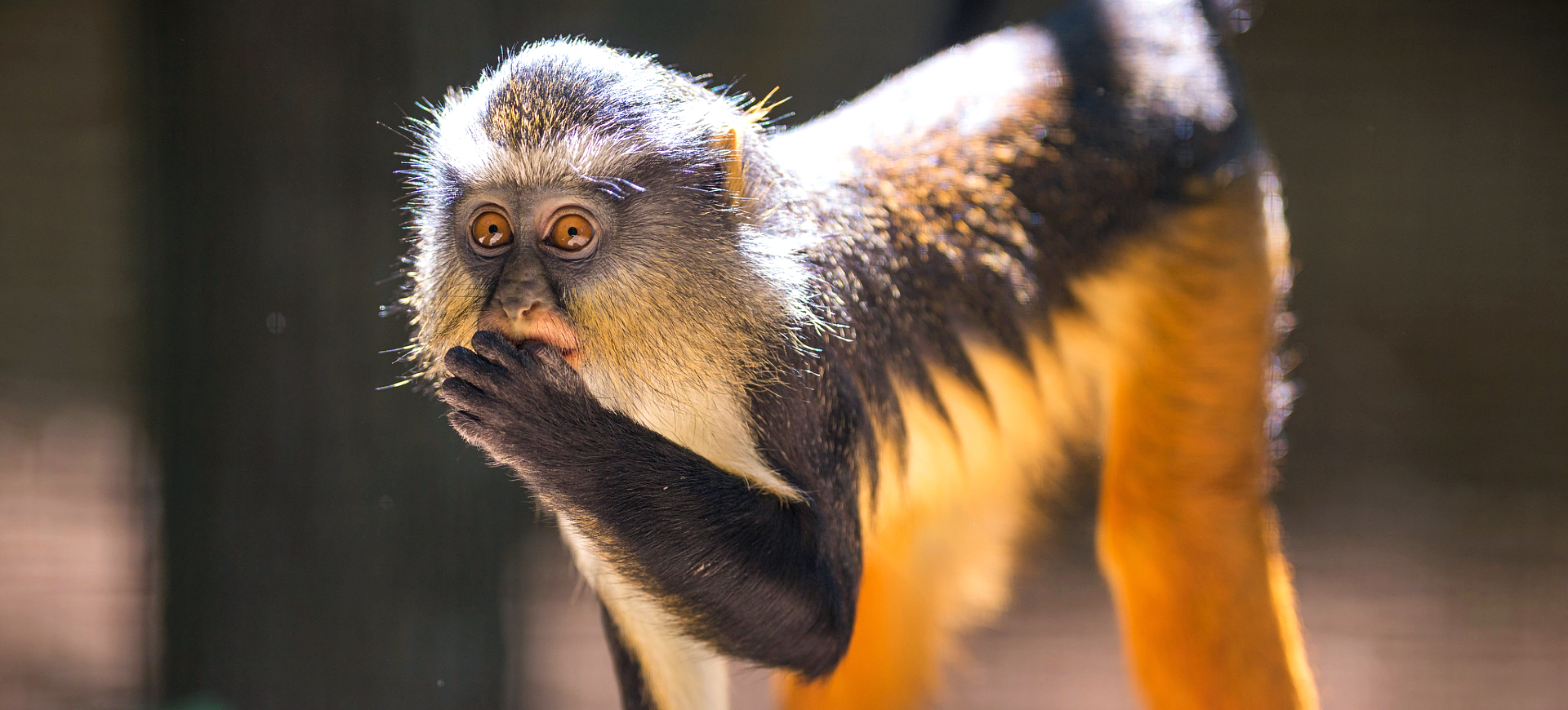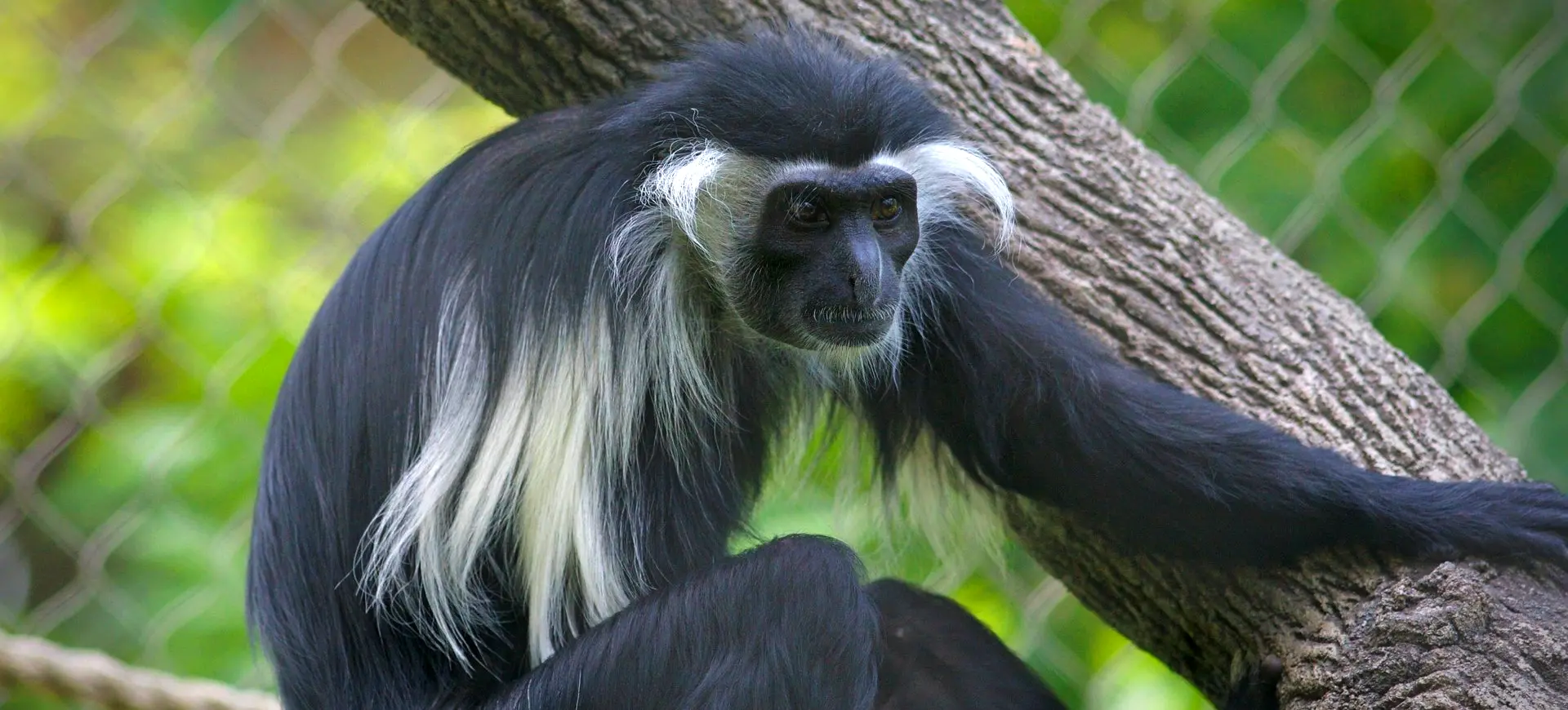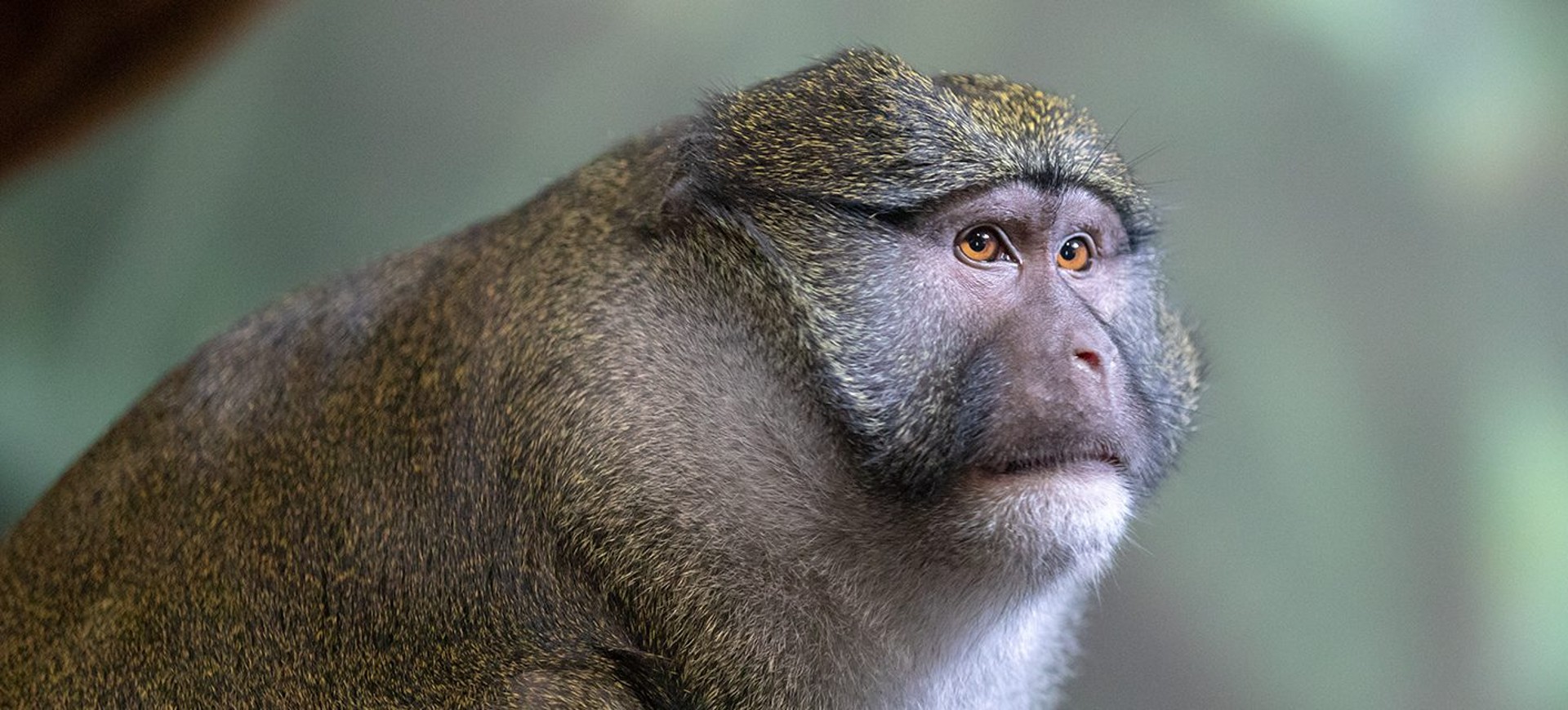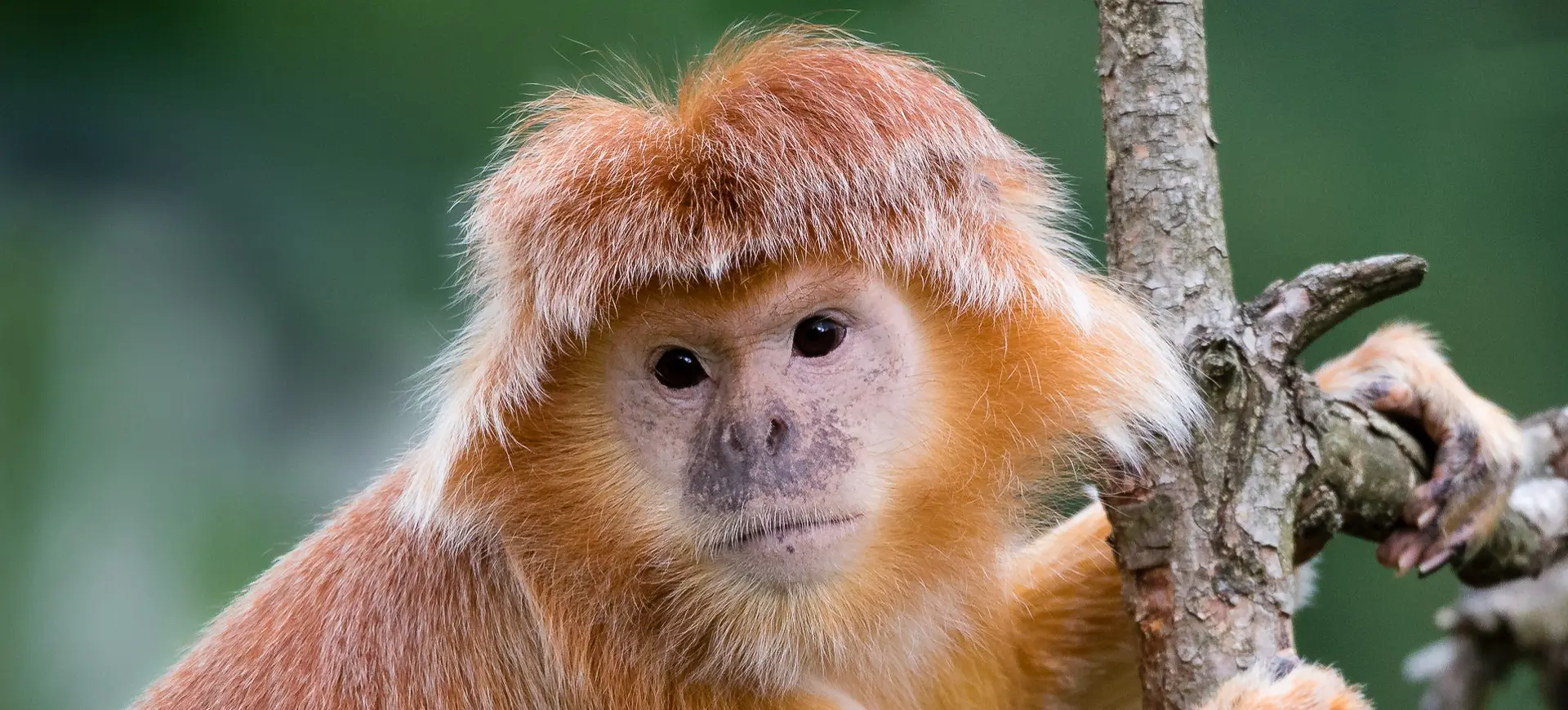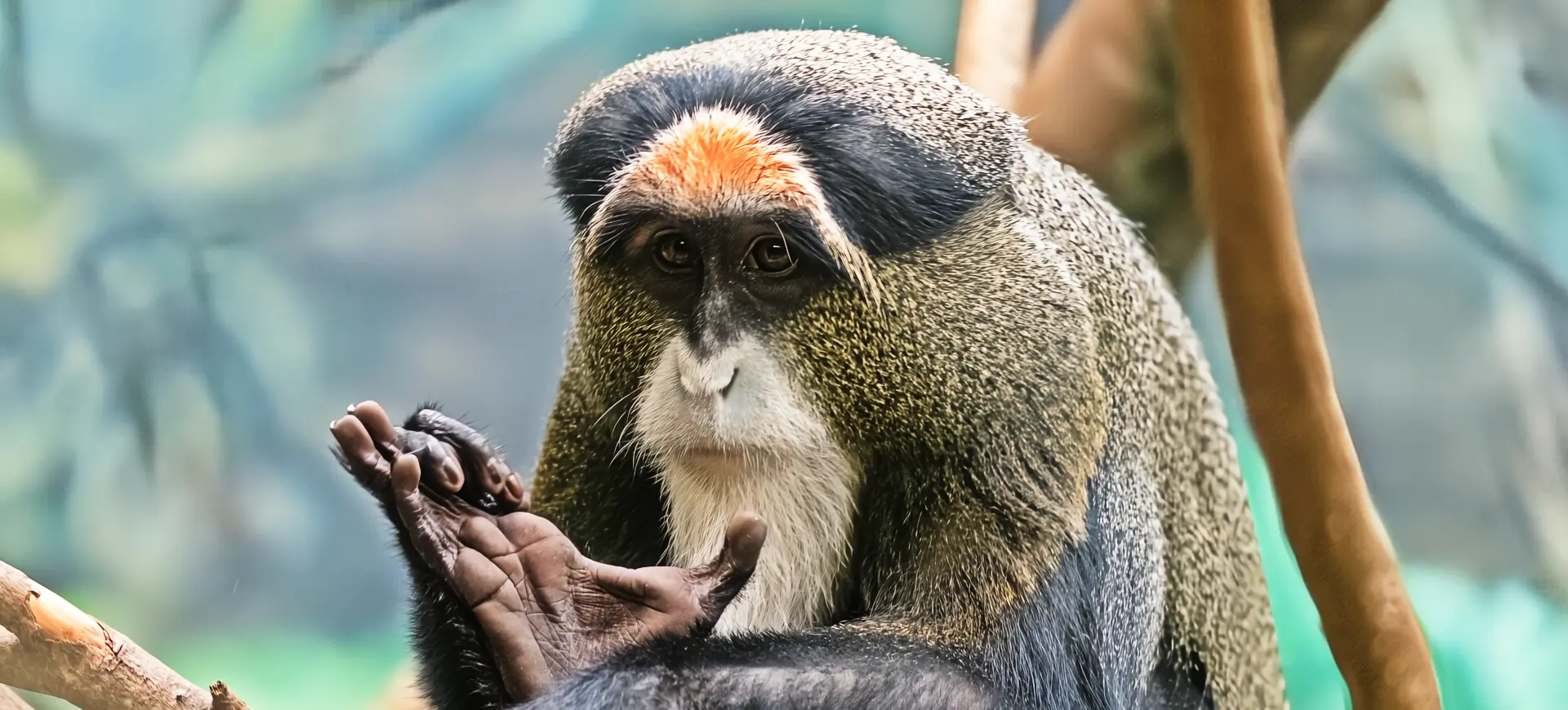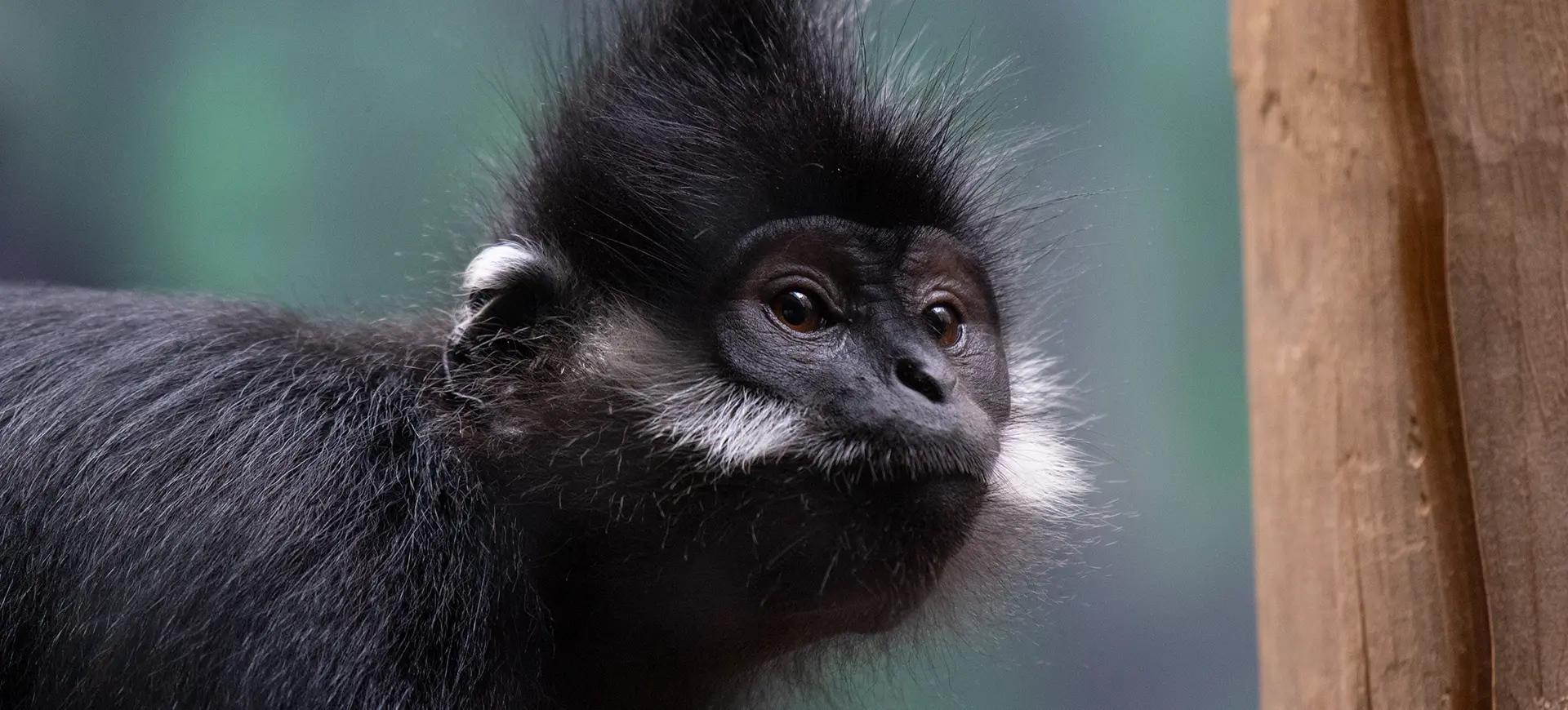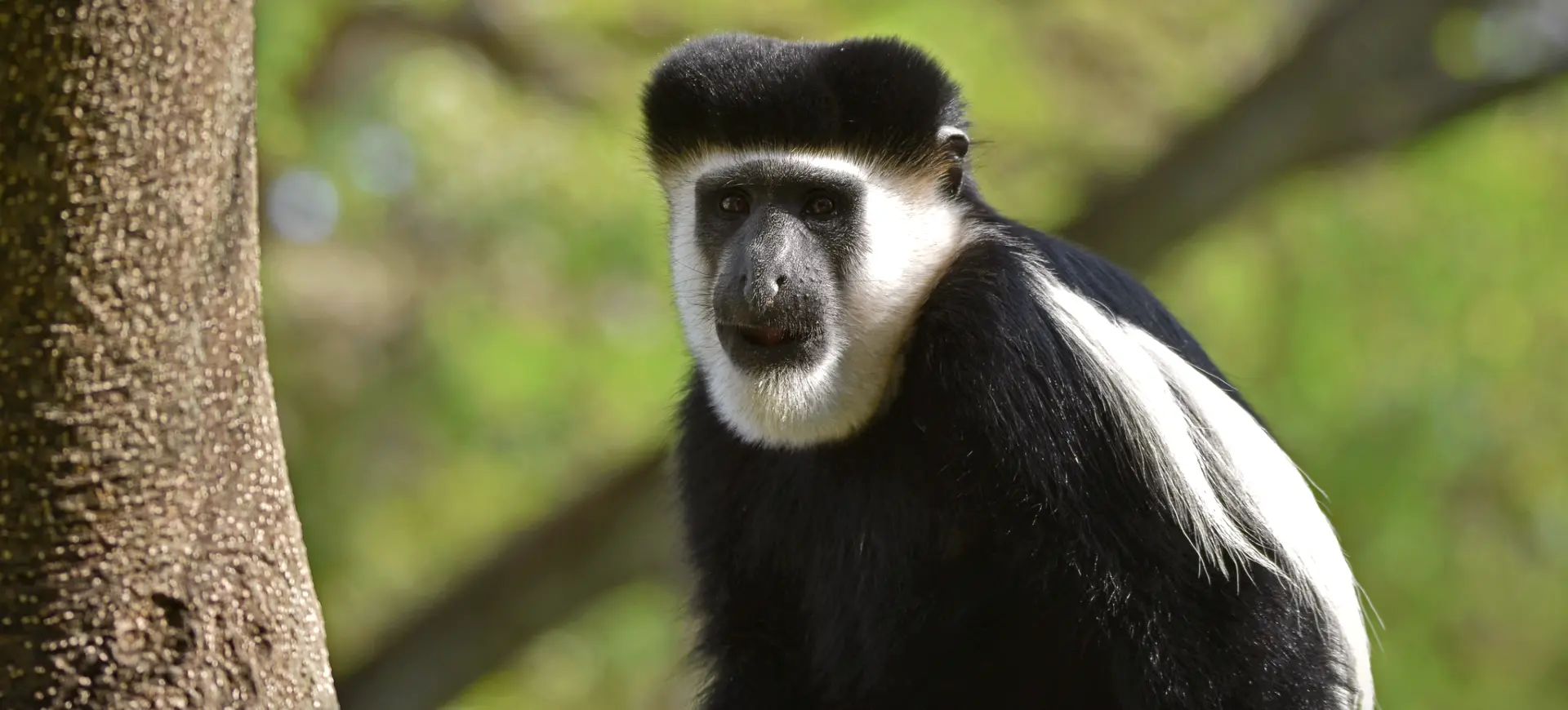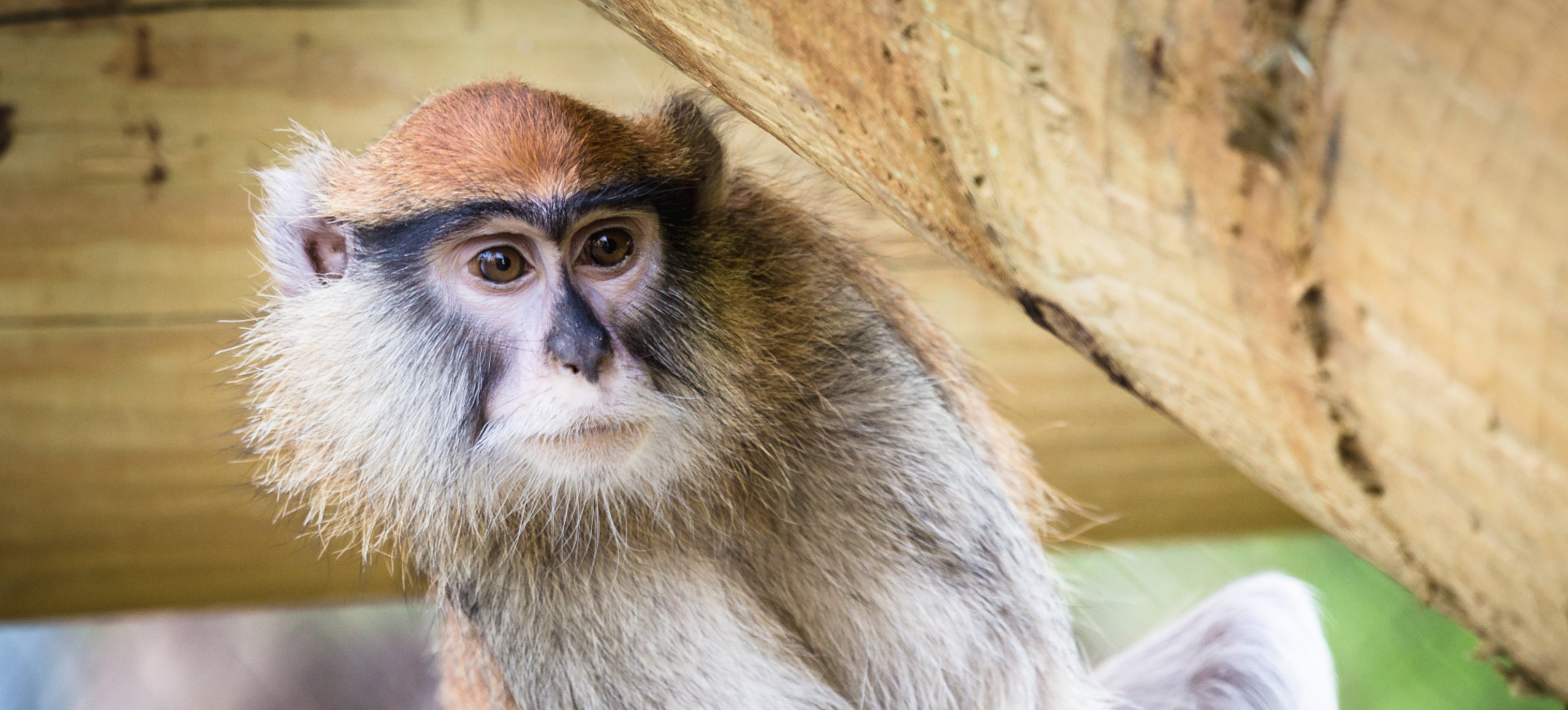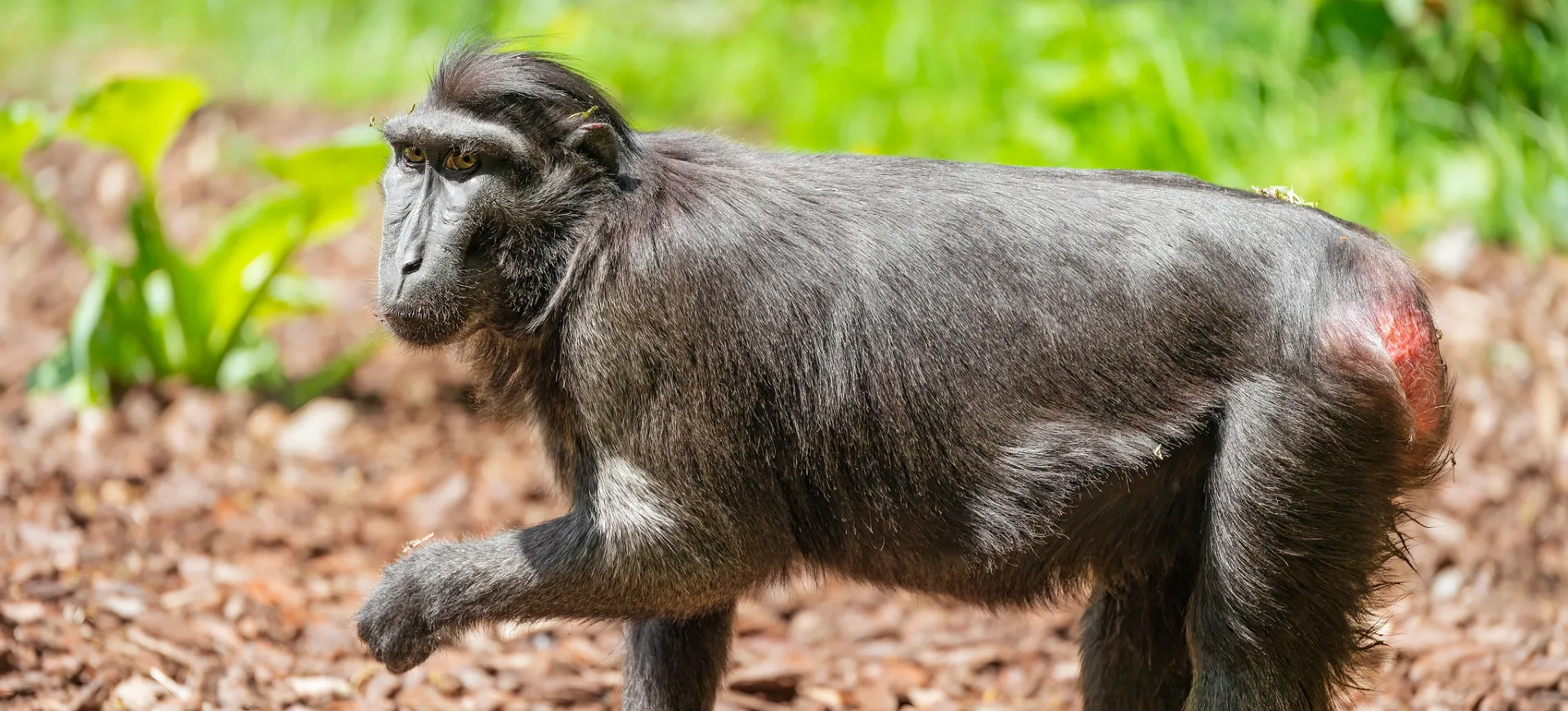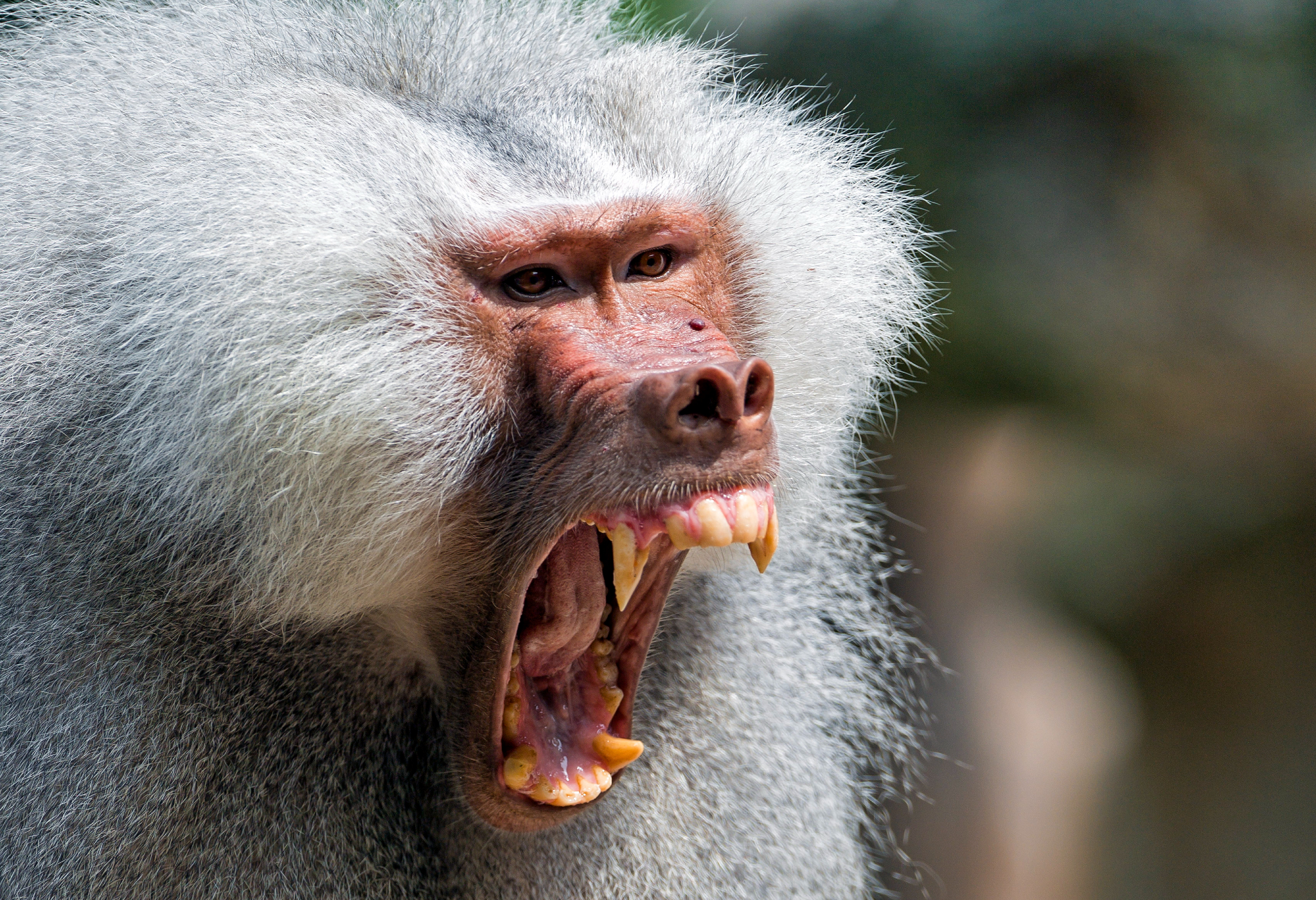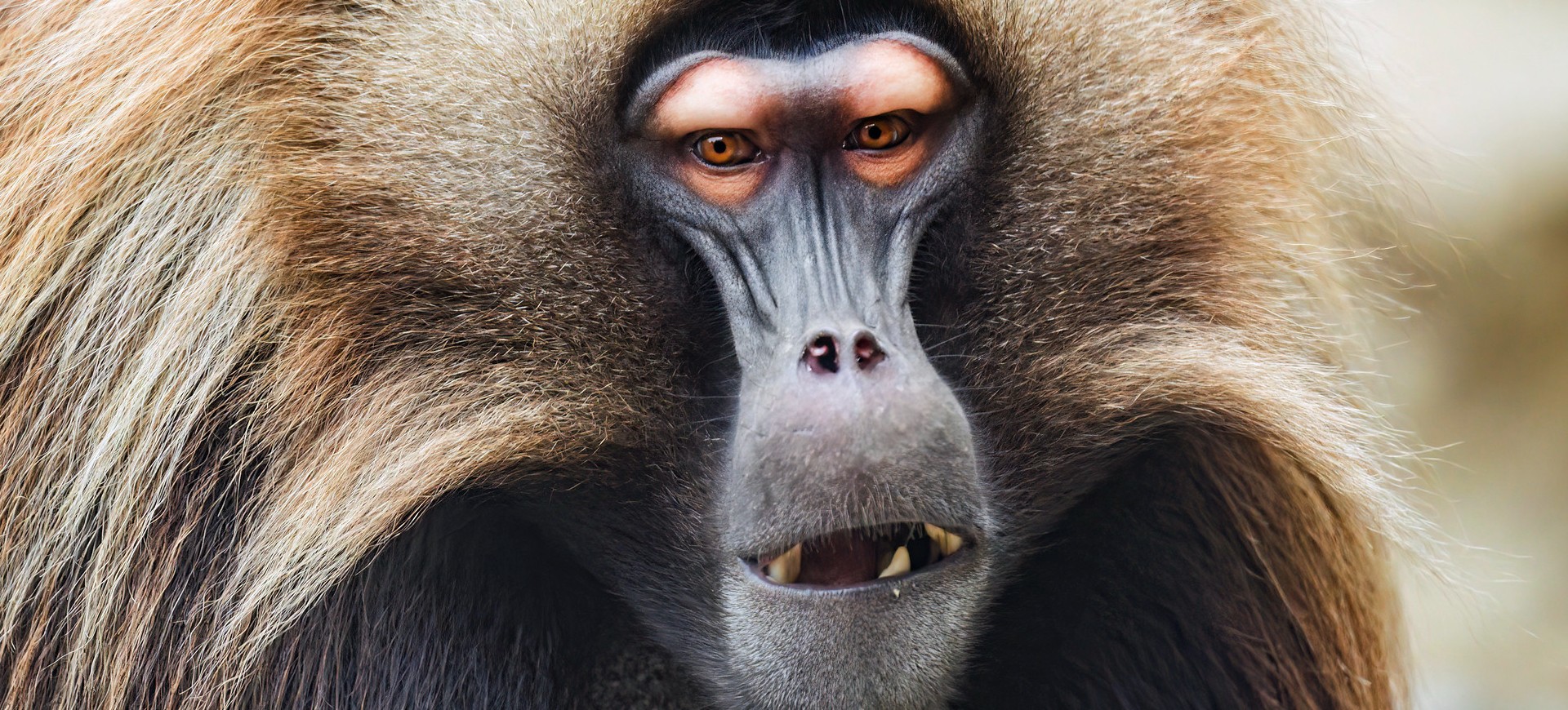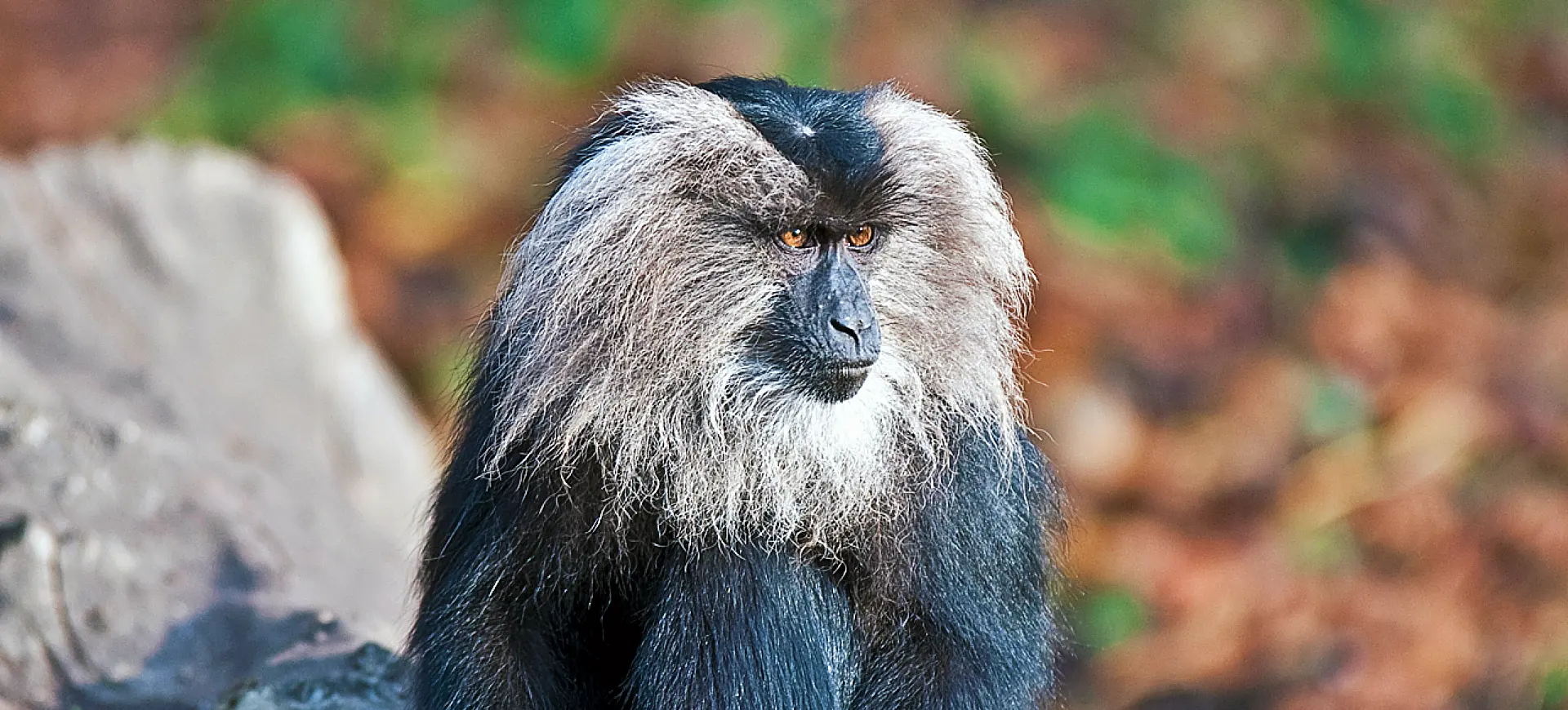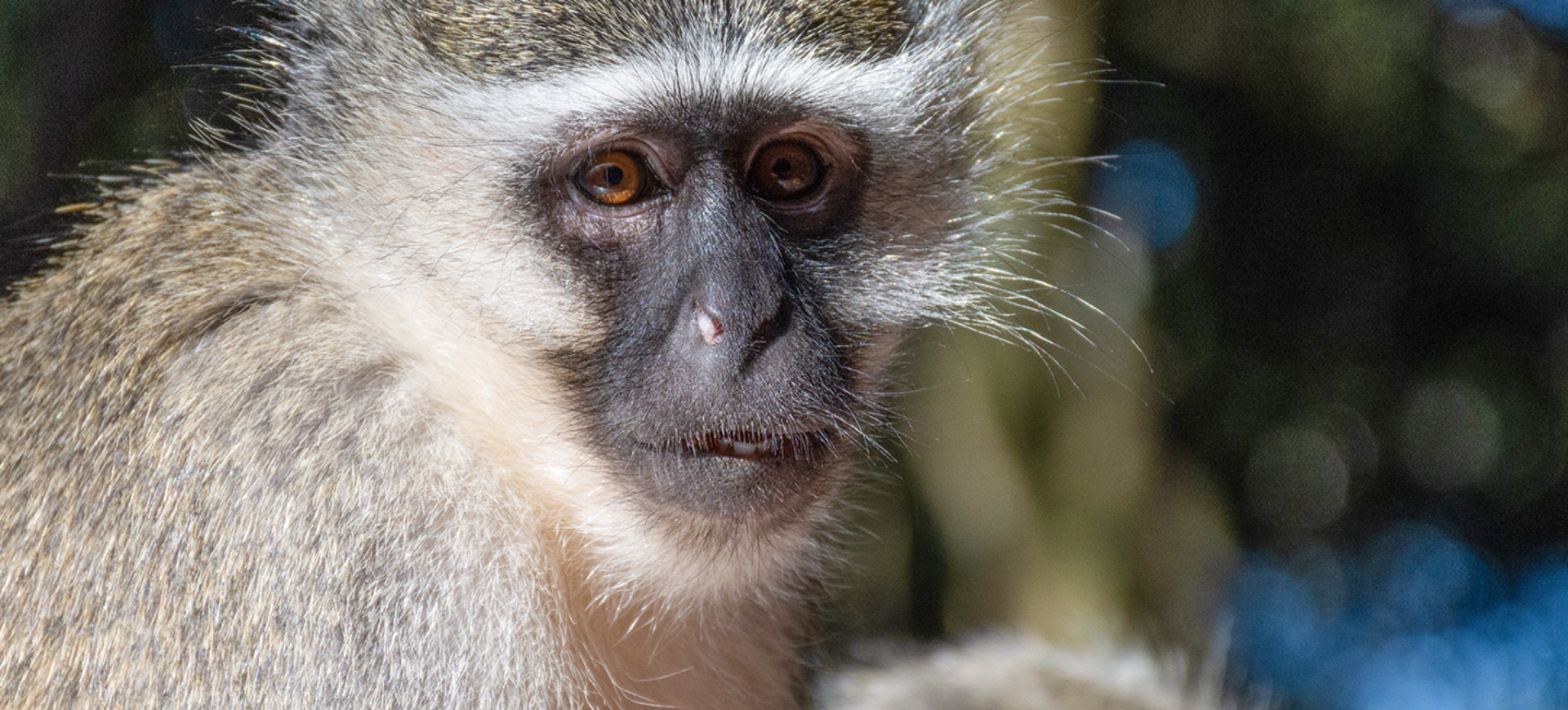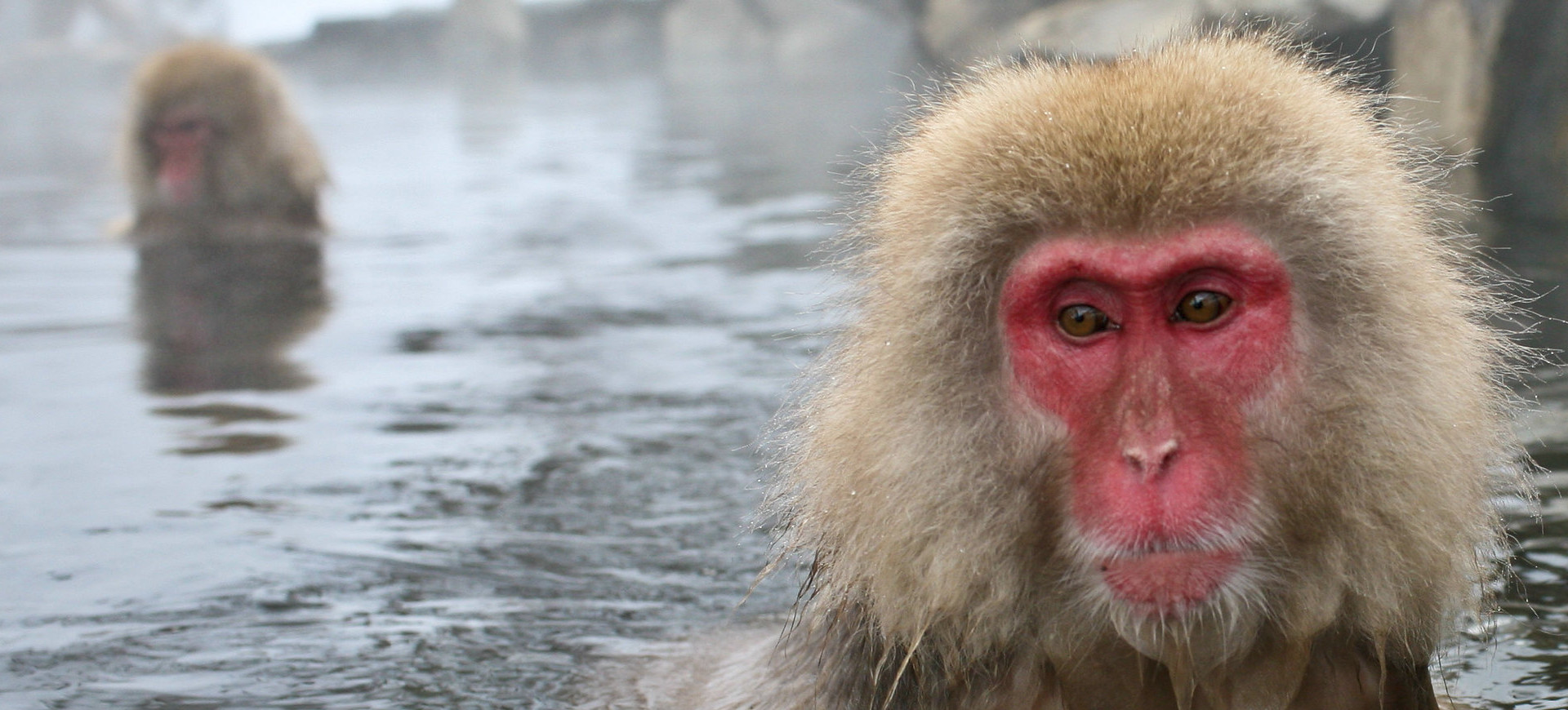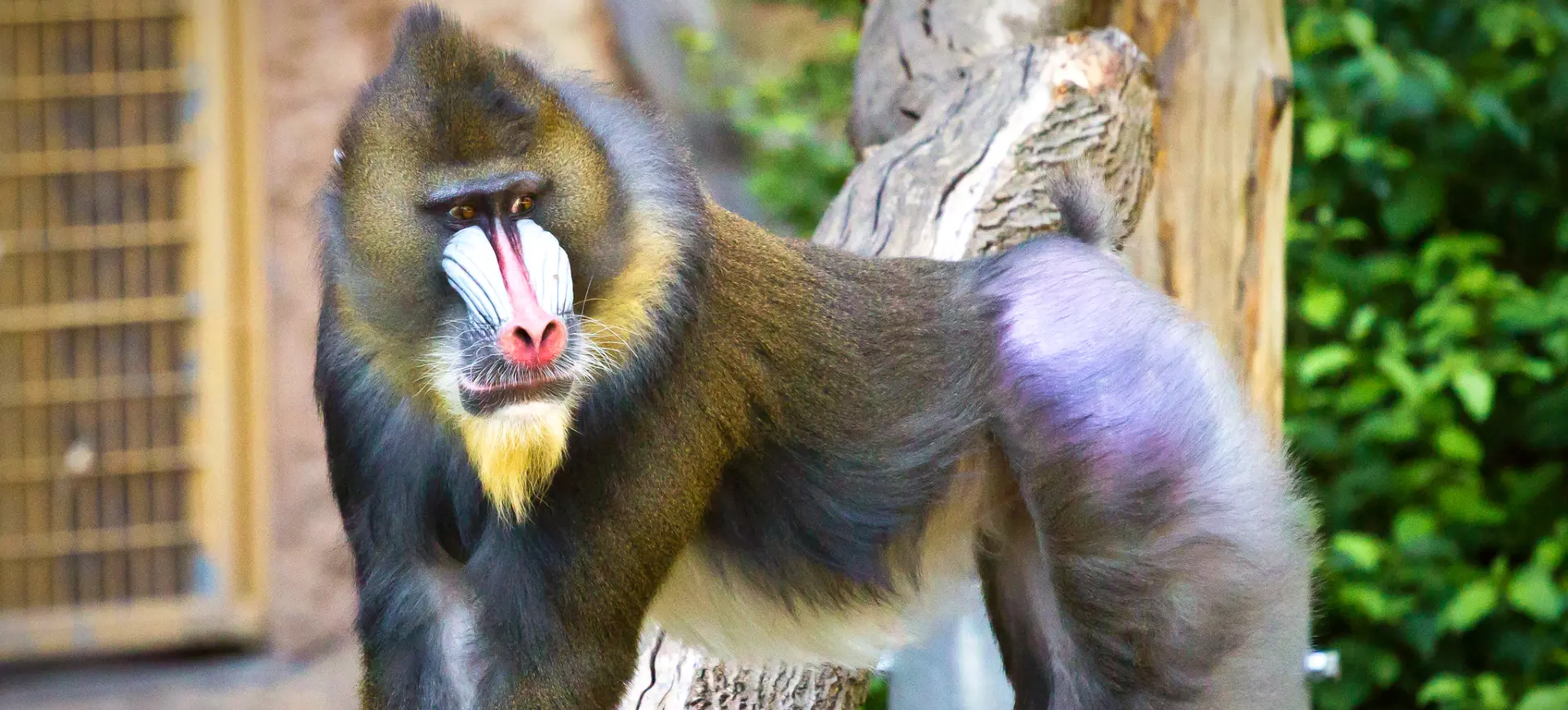Overview
The Red-tailed Monkey, known scientifically as Cercopithecus Ascanius, is a small and vibrant primate native to the rainforests of Central Africa. Characterized by its long red tail and distinctive cheek pouches, this monkey is a member of the guenon family. It exhibits a striking coat, with grey to olive-green fur on the back and white to greyish fur on the underside. The face is black with white spots above the eyes, and the bright red tail is one of its most noticeable features.
The Red-tailed Monkey is an arboreal species that spends most of its life in the trees of tropical forests. It is a highly agile climber and jumper, making it well-adapted to the forest canopy. The species is known for its friendly nature, typically in groups ranging from a few individuals to over 30 members. These monkeys communicate using a variety of vocalizations, facial expressions, and body postures.
Diet-wise, the Red-tailed Monkey is omnivorous but primarily frugivorous, favoring a diet rich in fruits. They also consume leaves, flowers, and insects and are known to raid crops, sometimes leading to conflicts with farmers. Their cheek pouches allow them to store food and eat it at a safer location, which is an adaptive advantage in their competitive forest environment.
Taxonomy
Kingdom
Phylum
Class
Order
Family
Genus
Species
Sub Species
Type
Physical Description:
The Red-tailed Monkey is a small to medium-sized primate, typically weighing 7 to 12 pounds (3 to 5.5 kilograms). Males are generally larger and heavier than females. The body length, excluding the tail, ranges from 14 to 26 inches (36 to 66 centimeters), while the tail adds 16 to 28 inches (40 to 70 centimeters). This tail is not prehensile but is used for balance and communication.
Their coat is a mix of grey, green, and olive on the back, with a lighter underside. The face is framed with black fur and white eyebrow spots, and their distinctive cheek pouches are also prominent. Their hands and feet are agile and adapted for grasping branches, necessary for their arboreal lifestyle. The red tail is usually brighter in males and is a key distinguishing feature of the species.

Lifespan: Wild: ~20 Years || Captivity: ~25 Years

Weight: Male: 8-12 lbs (3.6-5.5 kg) || Female: 7-8 lbs (3.2-3.6 kg)

Length: Male & Female: 16-28 inches (40-70 cm)
Characteristic:
Native Habitat:
The Red-tailed Monkey is native to the tropical rainforests of Central Africa. Its range extends from the Democratic Republic of Congo to Tanzania, Uganda, and Zambia. These monkeys are found in primary and secondary forests, including gallery forests and forest-savanna mosaics. They thrive in dense, humid environments with abundant fruiting trees.
Their arboreal lifestyle means they are rarely found on the ground, preferring the safety and resources available in the forest canopy. The rainforest’s complex structure provides ample food sources, shelter, and escape routes from predators. These monkeys are also found in forest regeneration areas, showcasing their adaptability to changing environments.
Climate Zones:
Biomes:
WWF Biomes:
Biogeographical Realms:
Continents:
Countries:
Diet:
Diet & Feeding Habits:
The Red-tailed Monkey has an omnivorous diet, with a strong preference for fruit, making them primarily frugivorous. They play a crucial role in their ecosystem as seed dispersers, aiding in the propagation of various tree species. In addition to fruits, their diet includes leaves, flowers, buds, and insects, which provide essential nutrients. They are also known to consume small birds and eggs occasionally.
These monkeys have large cheek pouches, which they store food while foraging. This adaptation allows them to gather food quickly in risky or competitive situations and then retreat to safety to consume it. They are also known to raid crops, which can lead to conflicts with local farmers. Their foraging behavior is opportunistic and selective, ensuring a balanced and varied diet.
Mating Behavior:
Mating Description:
The Red-tailed Monkey has a polygynous mating system, where dominant males mate with multiple females in a group. Males compete for dominance, and the alpha male usually has breeding rights. Courtship behavior includes grooming, vocalizations, and body postures. Females exhibit sexual swelling to indicate receptivity to mating.
Breeding can occur throughout the year, but peaks may correspond to food availability. After a gestation period of about five months, females give birth to a single offspring. Infant care is primarily the responsibility of the mother, although other group members, especially juveniles and subadults, may participate in alloparenting. This social structure supports the development and survival of the young.
Reproduction Season:
Birth Type:
Pregnancy Duration:
Female Name:
Male Name:
Baby Name:
Social Structure Description:
The Red-tailed Monkey typically lives in social groups of 7 to 30 individuals. These groups usually comprise one or more adult males, several adult females, and their offspring. The group is led by a dominant male, with a clear hierarchy among both males and females. Social interactions within the group involve grooming, play, and various vocalizations.
Group living provides several advantages, including increased vigilance against predators, cooperative care of young, and efficient foraging. Grooming plays a crucial role in social bonding and hierarchy establishment. Group dynamics can be fluid, with individuals sometimes moving between groups. There is a dominance hierarchy in these groups, with the alpha male typically leading. The group’s females usually form the group’s core, with strong social bonds among them. Juveniles and infants are central to the group’s social dynamics, receiving attention and care from multiple adults.
Groups:
Conservation Status:
Population Trend:
The overall population of Red-tailed Monkeys is not precisely known, but it is believed to be decreasing. The primary reason for their decline is habitat loss due to deforestation for agriculture, logging, and human settlement. Bushmeat hunting also poses a significant threat in some areas. Despite these threats, their wide distribution and ability to inhabit secondary forests have helped them maintain relatively stable populations compared to other primates.
The Red-tailed Monkey’s presence in protected areas and national parks has helped safeguard some populations from the severe impacts of habitat destruction and hunting. However, the ongoing loss of habitat outside these protected areas continues to be a concern for their long-term survival.
Population Threats:
The main threats to the Red-tailed Monkey include habitat loss, fragmentation, and hunting. Deforestation for timber, agriculture, and expanding human settlements have led to the monkey’s loss of their natural habitat. This not only reduces their living space but also their food sources. Habitat fragmentation isolates populations, impacting genetic diversity and increasing vulnerability to environmental changes.
Hunting for bushmeat is another significant threat, especially in areas where this practice is prevalent. In some regions, they are also captured for the illegal pet trade. The impact of these threats varies across their range but collectively contributes to the decline of their populations.
Conservation Efforts:
Conservation efforts for the Red-tailed Monkey include habitat protection and anti-poaching measures. Efforts are being made to expand and effectively manage protected areas where these monkeys live. Reforestation and habitat restoration projects are also important for maintaining and expanding their habitat.
Education and community involvement are key components of conservation strategies. Raising awareness about the importance of forest conservation and the impacts of bushmeat hunting can help reduce threats. Research on their ecology and behavior is crucial for developing effective conservation plans. International cooperation is also necessary, given their distribution across multiple countries.
Additional Resources:
Fun Facts
- Red-tailed Monkeys are known for their playful and curious nature.
- They have cheek pouches, which they use to store food for later consumption.
- These monkeys are excellent jumpers, able to leap distances of over 25 feet (7.6 meters) between trees.
- Their long, vibrant red tails are used for communication and balance.
- Red-tailed Monkeys are often active during the day (diurnal) and rest in trees at night.
- They are skilled swimmers, though they prefer to remain in the trees.
- These monkeys can make a variety of vocalizations for different purposes, like warning calls for predators.
- In some African cultures, Red-tailed Monkeys are symbols of playfulness and intelligence.
- Their diet helps in seed dispersal, contributing to the health of their rainforest ecosystem.
- In some areas, they are seen as agricultural pests due to their habit of raiding crops.





